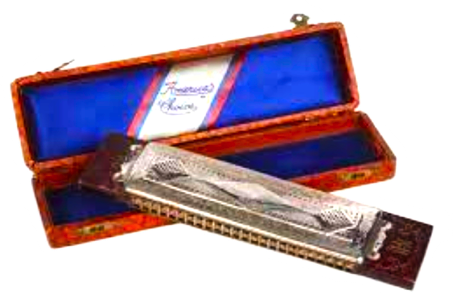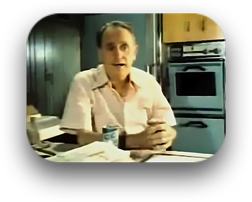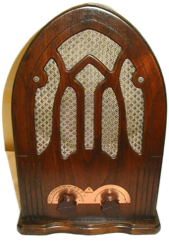Sitting around the kitchen table turned out to be a great place to hear Dad's many stories. As I grow older, I cherish more and more those fantastic times and memories.
The next half of this story takes us to where it all began and starts Dad on his extraordinary journey.
Here's how it all started....
“Harry, what are you doing?” “I’m building a crystal set.” And thats is how it all started. Dad's good friend Harry went on to explain how you can hear music using this crude radio and even drew out the schematic so Dad could try building one himself.
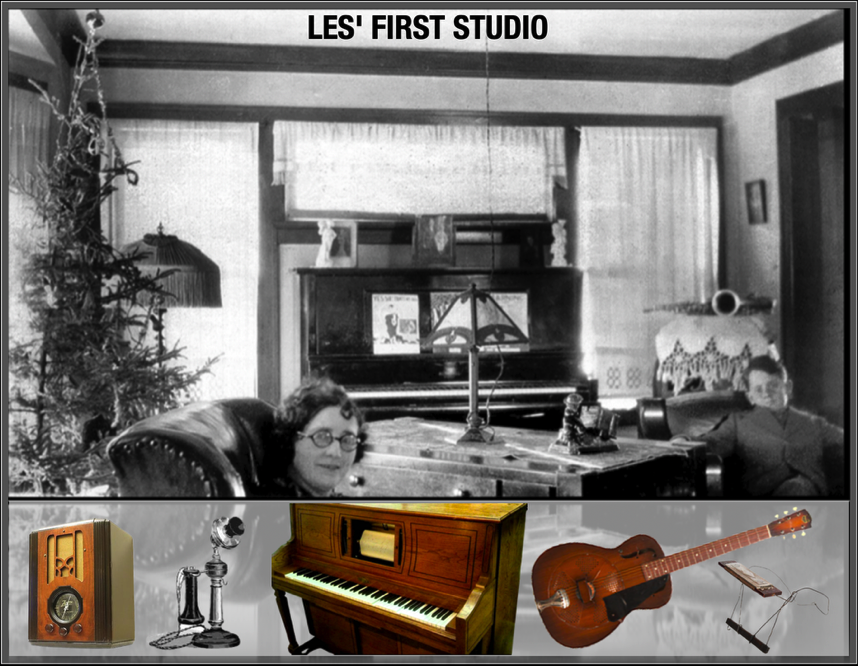
Young Lester's curiosity and desire to understand everything around him led him to experiment on his mother's player piano next. He realized at an early age that punching new holes and covering existing holes in the piano roll would change the song's melody. That experience gave him his first music lessons.
An acoustic guitar soon followed, and he quickly learned to play basic country songs. But even at that age, in a nod to the future, he turned his Sears Roebuck acoustic into a 5-string and experimented with moving its bridge around and resetting the action. Eventually, becoming good enough to perform, Les's early gigs were held outdoors around Waukesha, where he was known as "Red Hot Red."
Always trying to reach more people, he figured out how to rewire his mother's radio as an amplifier and the telephone as a microphone. On the way, he created a custom flip-able harmonica holder that allowed him to play guitar while using the harmonica hands-free. His next challenge came while performing at the local Bar-B-Que stand. A customer sent him a note saying he could hear the voice and harmonica OK, but not the guitar. Well, that was all he needed. His first thought was to amplify his guitar by taking the needle from his mother's record player, jabbing it into the top of the guitar, and amplifying it using his father's radio. That began his quest to perfect his guitar sound and put him on his lifelong journey.
That crystal radio opened up the musical world to Dad. His curiousness left him wanting to know how the music got from the radio station to his head. With his usual persistence, he made friends with Bill, the engineer who ran the local transmitter tower for the radio station WTMJ out of Milwaukee.
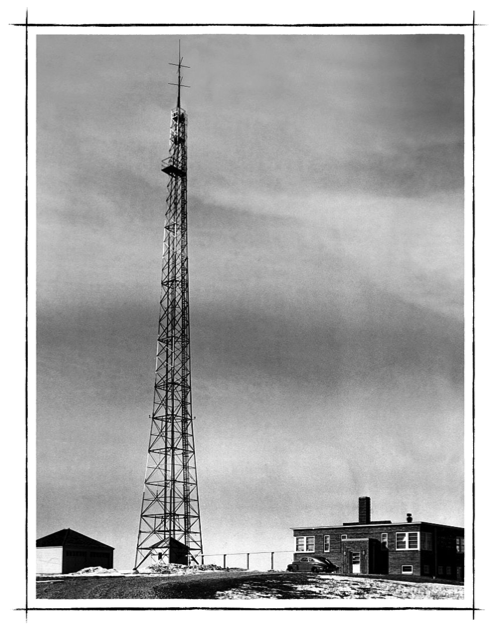
By his early teen years, Les was already playing jobs around town under the stage name Red Hot Red. Dad performed country songs for local clubs and radio stations using his guitar and harmonica. His passion for learning the guitar even had Dad tying a string to his big toe and dropping it out the window so that while sleeping, if anything happened, his friend Harold could wake him up to tell him about it. It was just one of those nights that Harold woke Les to tell him that he needed to check out a guitar player at a club playing "way up on the neck."
Not old enough to enter the front door, Les climbed through the bathroom window for a night he never forgot. It was there that he heard Sunny Joe Wolverton for the first time.
Les and Mary's success with their string of hit recordings didn't happen by accident, or did it? Around 1935, Dad transitioned from playing country music to playing Jazz. He formed a Jazz trio using Jimmy Atkins on rhythm guitar and Ernie Newton on bass. One day after Jimmy and Earnie left the rehearsal, Dad wanted to check the arrangement on one of the tunes "Limehouse Blues." Dad always wanted to know what the audience heard and couldn't do that while performing.
For more on his recording techniques,
go to The New Sound page at LesPaulRemembered.com

Dad's unique ability to hear music the way he did was both a blessing and a curse. His whole life was based on his relationship with sound and music. This gift, along with perfect pitch, drove him to create his iconic guitar designs, along with many of his electronic innovations. It also significantly affected his hit recordings. What he called"glue," a vision of how he heard his guitar and Mary's voices in the mix, was a combination of echo, delay, and speed manipulation and was to become his signature "New Sound." In a cruel irony, in 1969, he began to lose his hearing.
He had difficulty processing the natural sounds he had counted on his whole life. Even tuning his guitar was becoming a problem due to his ear's "misinterpreting" the pitch. He would complain that he couldn't separate people in a crowd. Dad finally succumbed to using hearing aids.
Only later in life, after I got into the music business, did I realize how my Dad influenced almost everything I was surrounded with at work. I can't begin to tell you how many great musicians would come up to me after we finished a session and tell me how Les Paul, and his guitar inspired their playing and contributed to their new iconic sounds. Dad's licks, note-bending, trills, chording sequences, fretting techniques, and wonderful sense of timing opened up a whole new musical vocabulary for guitar players and changed the rules of the recording industry forever.
Looking back on my Dad's career, I realize that everything he created was always to compliment his music and guitar. His lifelong commitment to his "musical vision" has left us a rich and integral legacy. Without his curiosity and determination, he might have just been another musician in history. Maybe curiosity does have its own reason for existing. As Dad would say .....
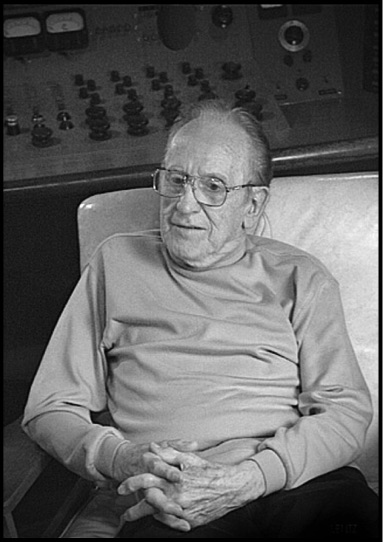
The whole story is on The Entertainer,
Red Hot Red & Rhubarb Red page at LesPaulRemembered.com
The whole story is on The Entertainer, Red Hot Red & Rhubarb Red page at LesPaulRemembered.com
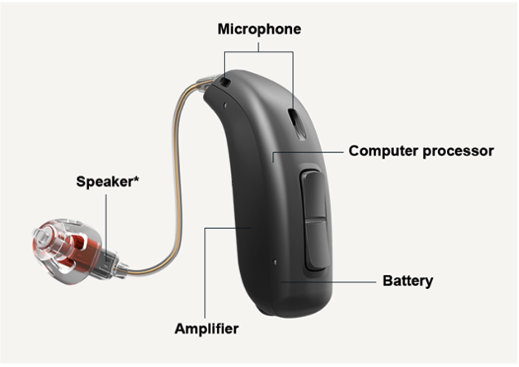
It was there that, after his piano lesson, he would ride his bike to the tower building, where Bill would teach him about radio electronics. Les' ability to take in everything about music and electronics during this period would become the foundation of his life work.
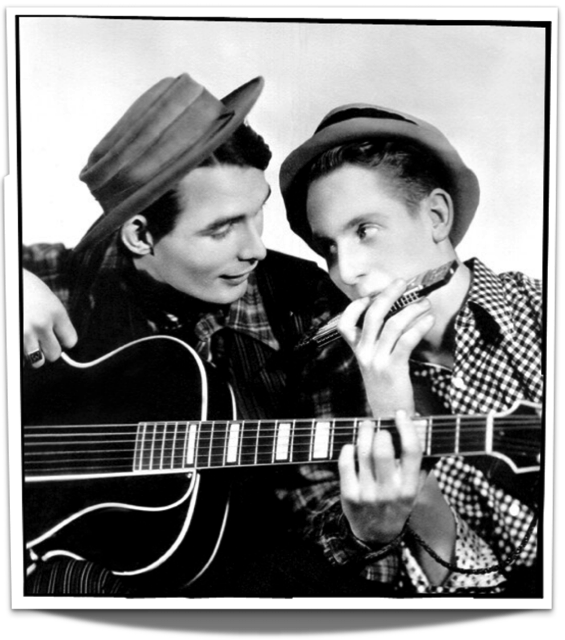

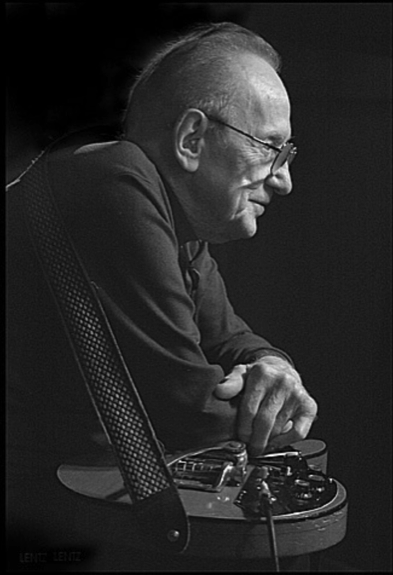
This was Dad's last project.... he just ran out of time.
The whole story is on The Entertainer,
Red Hot Red & Rhubarb Red page at LesPaulRemembered.com
I'd like to know if Jimmy and Earnie realized what they started by leaving the rehearsal early. Les cultivated his Sound-On-Sound method of recording and stunned the music industry with hit after hit using his guitars and Mary's voices. As usual, Dad was way ahead of the times...
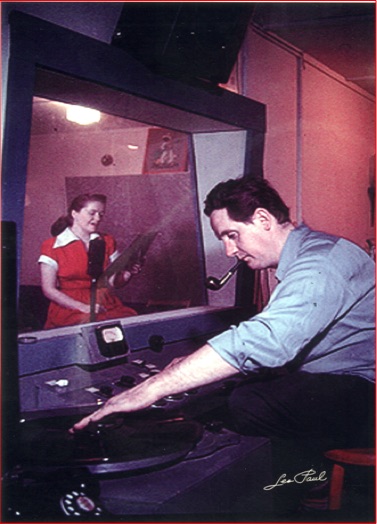
He once joked, "Audio engineers and musicians are the two kinds of people that hearing aid manufacturers fear the most." He would complain, "A guy puts a Stradivarius under his chin, and it doesn't sound like a Stradivarius. It sounds like a piece of tin made in China, for sure." Frustrated with the quality of most hearing aids, you could guess what happened next. His curiosity kicked in as usual, and he set out to design his own hearing aids.
As for playing piano, his teacher sent him home after a few lessons with a note that said, "Lester would never learn music, and not to send him anymore."
"It's called curiosity, and I got a double dose of it."
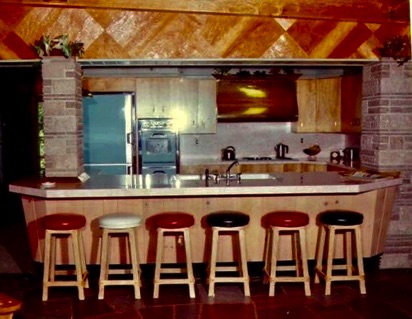
MUSICAL INSTRUMENTS COME IN ALL SHAPES & SIZES
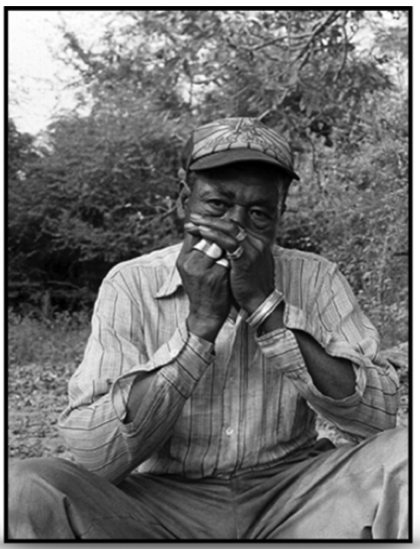
DISCOVERING ELECTRONICS THRU MUSIC....
HOW DID THOSE SOUNDS GET ON MY RADIO?
A RADIO, TELEPHONE, MOTHER'S PLAYER PIANO,
MY GUITAR, AND HARMONICA. THAT'S ALL I NEEDED!
HIS TEACHER
Noticing the young boy not taking his eyes off him, Joe offered to show Les a few things on the guitar. Dad would soak up everything Joe showed him and, over the weeks, would return for more of Joe's mentoring.
EARLY TRIO RECORDING WITHOUT THE TRIO
With the other guys gone, he had to come up with some way of hearing all the parts. As usual, his curiosity kicked in. After experimenting, he figured out a crude way to record all the parts himself using the cutting lathe recorder he built in the late 1920s.
He would record the rhythm guitar first using the outside of the disc and then cut a second track on the same disc while playing back the first track and adding the bass part to the previously recorded rhythm track. Finally, he cut a third track by playing back track two with the rhythm and bass parts and adding his lead guitar part. It sounds ridiculous now, but it worked. Years later, while working on his "New Sound" in the California garage studio, he remembered using this crude method of recording all the parts himself and realized that was the answer to his new problem.
THE FATHER OF INNOVATIVE SOUND WHO COULD HARDLY HEAR FINDS HIS NEXT PROJECT...
MY DAD . . . ONE OF A KIND!
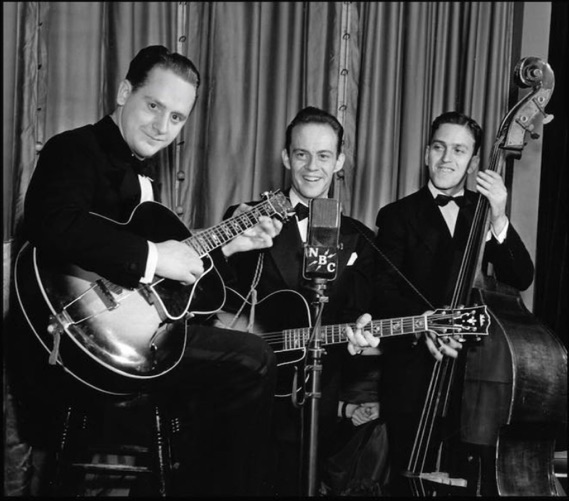
"The important thing is not to stop questioning.
Curiosity has its own reason for existing."
Albert Einstein
Les was introduced to the world of music as a kid around 10 or 11 years old. He heard a mesmerizing sound from outside while sitting in the house one day in Waukesha. It turned out to be someone repairing the street on his lunch break.
The workman was playing the harmonica, and that intrigued Dad. After listening until his break ended, Dad asked him where he could get one, and to his surprise, he said, "Here, take this one."
So, after learning the basics, Dad started playing blues harmonica and became the first guy in Waukesha [Wisconsin] to play the harmonica backward. The harmonica was to become his first instrument, but certainly not his last.
